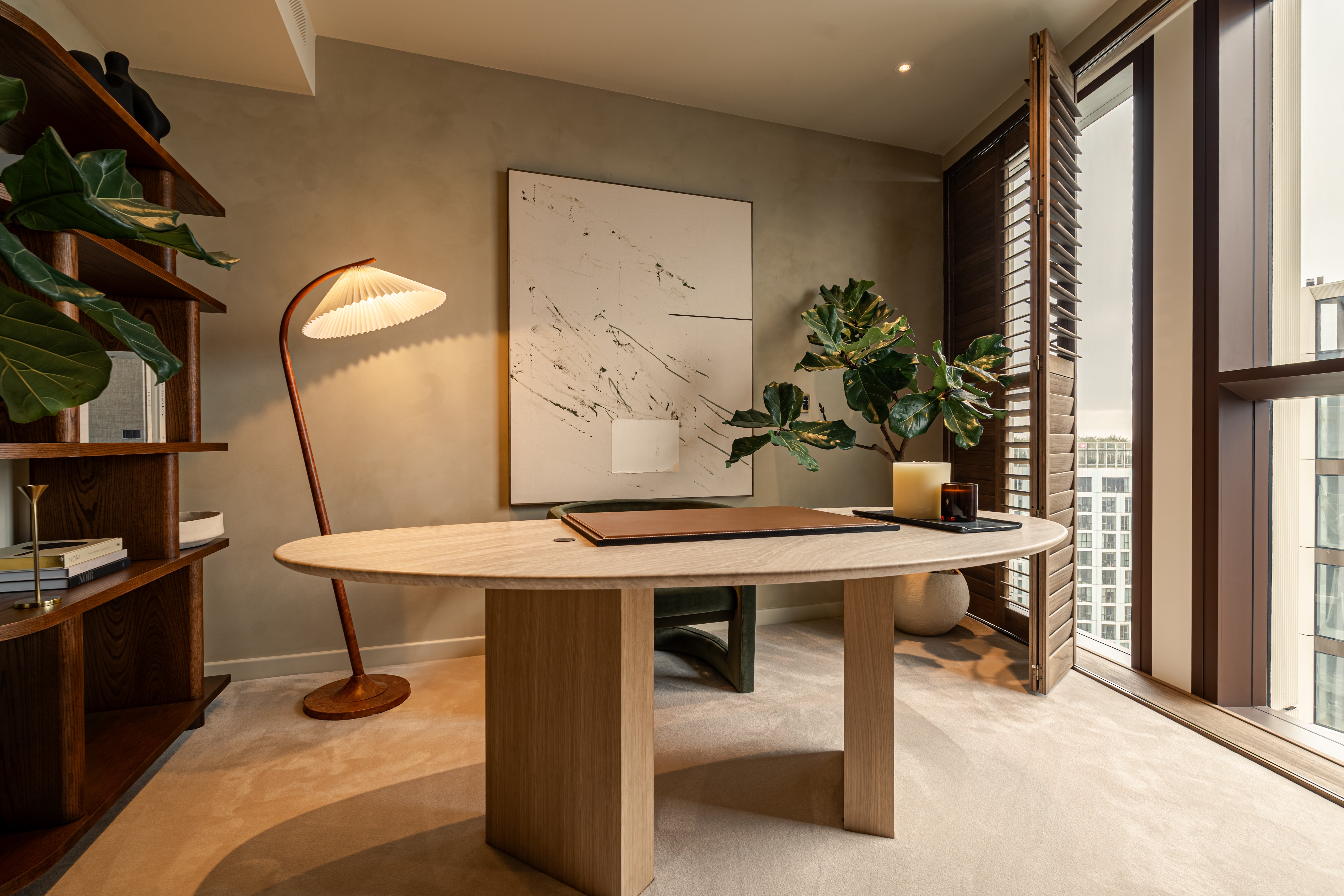Lighting: The Unsung Hero of Interior Design

When it comes to designing a space, you will likely think about furniture, colour schemes, and flooring options. However, one of the most impactful components of interior design is the right lighting, and it is frequently overlooked.
From creating mood to enhancing functionality, lighting has the power to completely transform a room. In fact, it’s often the difference between a space feeling flat and uninspiring versus vibrant and inviting. Here's why lighting is one of the most important aspects of designing any space and how it can elevate both the aesthetic and functionality of your home.
The Basic Concept: Layering Light for Depth and Balance
Great interior design often involves layering different types of lighting to create balance and depth in a space. The key is to combine three different elements, ambient lighting, task lighting, and accent lighting, to enhance the space overall. By layering these different types of lighting, you create a rich and functional environment that responds to both aesthetic and practical needs.
1. Ambient Lighting: Creating the Right Mood
Lighting which illuminates the entire room, such as overhead ceiling lights, can set the tone for a space. Imagine a living room illuminated with harsh fluorescent light versus one with warm, soft lighting; the difference is striking. The type and intensity of light can completely influence the ambiance of a space. By carefully choosing the right lighting, you can ensure that every room is functional and evokes the desired mood.
Soft lighting creates a relaxed, intimate atmosphere perfect for bedrooms or living areas meant for unwinding. Bright, cool lighting energises the room, making it ideal for kitchens, workspaces, or bathrooms that require high visibility.
2. Task Lighting: Improving Functionality and Productivity
Lighting plays a crucial role in the functionality of a space. Task lighting ensures that you have the right amount of light for undertaking a particular task in a safe and comfortable environment. In kitchens, under-cabinet lighting or pendant lights over counters provide the necessary illumination for meal preparation. In home offices or study areas, desk lamps or overhead lights reduce eye strain. In bathrooms, vanity lights ensure clear visibility without casting unflattering shadows.
3. Accent Lighting: Highlighting Design Features
Lighting is more than just about illumination—it also helps to showcase the design elements that make a space unique. Properly placed accent lighting can draw attention to artwork, architectural details, and elements of statement furniture, such as the natural Burl wood of the Burl Coffee Table, the pandora marble on the Samantha Dining Table, or the raw edge travertine of the Raj Side Table. Whether it’s through pendant lights, spotlights, lamps, or wall-mounted fixtures, the right accent lighting will highlight the unique features of your home, enhancing the space's appeal.
Influencing Perception of Space
Lighting can alter how large or small a room feels. A well-lit space feels more expansive and inviting, while a poorly lit room can appear cramped and unwelcoming. You can manipulate the perception of space with strategic lighting placement. Floor lamps and wall lights free up valuable table space while making the room feel airier. Ceiling-mounted fixtures can evenly distribute light across the room, making it feel more spacious and open. Reflective surfaces, like light-coloured walls, can bounce light around a room, amplifying its sense of openness. By using lighting thoughtfully, you can make small rooms feel more expansive or create intimate corners in larger spaces.
Sustainability and Energy Efficiency
In today’s environmentally conscious world, lighting choices are also about energy efficiency. Choosing energy-efficient bulbs, such as LEDs, not only reduces electricity bills but also contributes to a more sustainable home. Dimmable switches allow you to adjust lighting based on need, helping to conserve energy. Smart lighting systems can be set on timers or controlled remotely to reduce electricity usage when the room isn’t in use. Natural light can be maximised by strategically placing windows or skylights to decrease the need for artificial light during the day. Opting for sustainable lighting solutions not only enhances your space but also reduces your environmental footprint.
Use Lighting To Elevate The Overall Experience
Lighting is an essential part of the design process, influencing not just the visual appeal of a space but also its function and atmosphere. It creates ambiance, improves functionality, highlights key features, optimises space, and enhances the overall experience of a room. When you design your next space, think beyond just the walls and finishes – embrace the power of lighting to elevate the mood, bring attention to the details, and make every room feel like it’s perfectly crafted for its purpose. After all, lighting is not just a practical necessity—it's an art form in itself that can truly define a space.
